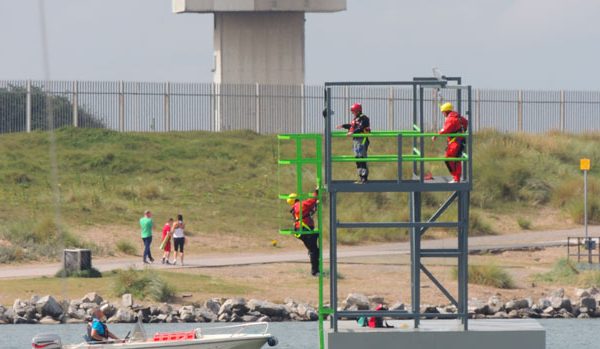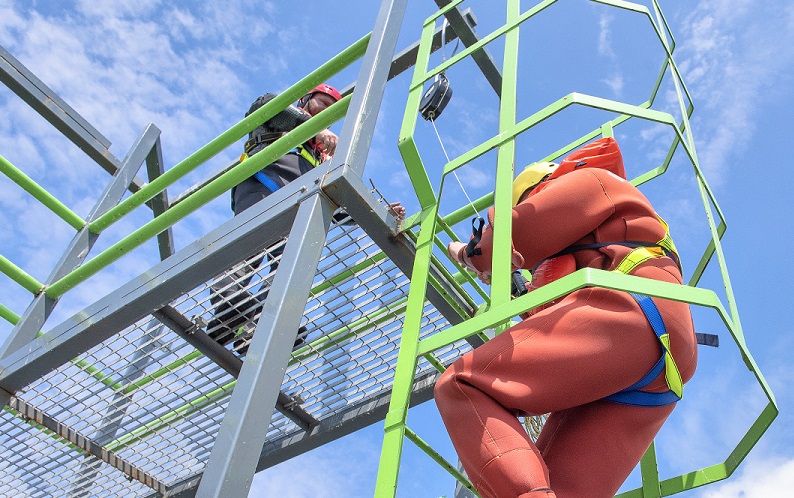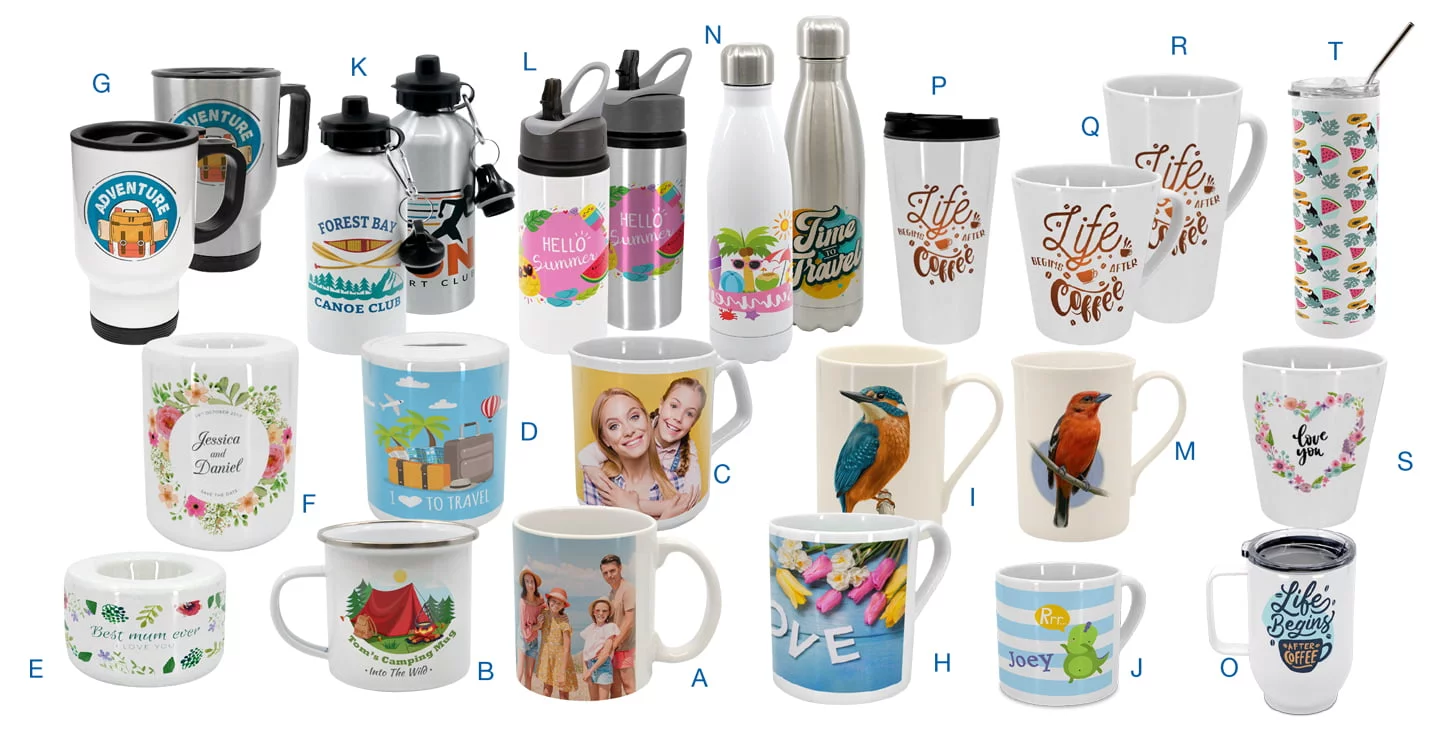When venturing out onto the water, whether for work or recreation, being equipped with the knowledge and skills to handle emergency situations is crucial. GWO sea survival courses are designed to provide individuals with the necessary safety measures and techniques to navigate challenging circumstances at sea. In this blog post, we will explore the key safety measures and techniques taught in sea survival courses, ensuring individuals are prepared to handle emergencies and increase their chances of survival.
Personal Floatation Devices (PFDs) and Life Jackets
Sea survival courses emphasise the importance of wearing personal floatation devices (PFDs) or life jackets when on or near the water. Participants learn how to properly select, fit, and fasten PFDs, ensuring they provide optimal buoyancy and protection. Training covers the different types of PFDs available and their intended uses, helping individuals make informed decisions based on their specific needs and activities.
Abandoning Ship Procedures
In sea survival courses, individuals are trained on the proper procedures for abandoning a sinking or distressed vessel. Participants learn techniques for deploying life rafts, including inflation, boarding, and securing the raft. They also learn about essential survival equipment and supplies that should be carried in the life raft, such as emergency rations, water, signalling devices, and medical kits.
Cold Water Survival and Hypothermia Prevention
Cold water immersion is a significant risk in sea survival situations, and sea survival courses place a strong emphasis on hypothermia prevention. Participants learn how to recognise the signs and stages of hypothermia, as well as techniques to prevent heat loss and maintain body temperature. This includes wearing appropriate clothing, adopting body positioning to conserve heat, and utilising insulation techniques.
Signalling for Help
Effective communication and signalling are critical in sea survival situations. Sea survival courses teach participants various methods of signalling for help, including the use of visual distress signals such as flares, signal mirrors, and smoke signals. Participants also learn about radio communication protocols, emergency locator beacons (ELBs), and the international distress signals recognised by search and rescue teams.
Emergency Procedures and Drills
Sea survival courses conduct practical emergency drills to simulate real-life situations and ensure participants are well-prepared to respond effectively. These drills may include scenarios such as abandoning ship, deploying life rafts, and practising survival techniques in simulated emergency conditions. Practical hands-on experience in controlled environments builds confidence, muscle memory, and quick decision-making skills.
Raft Management and Survival Skills
Surviving in a life raft requires specific knowledge and skills. Sea survival courses cover raft management techniques, including how to distribute weight evenly, ration food and water supplies, operate basic navigation equipment, and address common challenges encountered in a survival situation. Participants learn to prioritise tasks, maintain morale, and utilise available resources to maximise their chances of survival until rescue.

Emergency First Aid and Medical Care
Basic knowledge of emergency first aid and medical care is crucial in sea survival situations. Sea survival courses provide participants with training in essential first aid skills, including CPR, wound management, and treating injuries commonly encountered at sea. Participants learn to assess and stabilise injured or ill individuals until professional medical assistance can be obtained.
Psychological Preparedness and Stress Management
Surviving in a sea survival situation requires psychological preparedness and effective stress management. Sea survival courses address the psychological and emotional challenges that individuals may face during emergencies at sea. Techniques for stress management, maintaining a positive mindset, and developing resilience are taught to help individuals stay focused and make sound decisions under pressure.
Sea survival courses equip individuals with vital safety measures and techniques to handle emergency situations at sea. Through proper training, participants learn to prioritise safety, prevent hypothermia, signal for help, manage survival equipment, administer emergency first aid, and maintain a positive mindset. By investing in sea survival training, individuals enhance their preparedness, increase their chances of survival, and contribute to safer experiences on the water. Remember, being equipped with the knowledge and skills taught in sea survival courses can make all the difference in critical moments at sea.





:max_bytes(150000):strip_icc()/5-most-popular-wines-adf91bc28ae94efa9d8eaa852ea7122f.jpg)